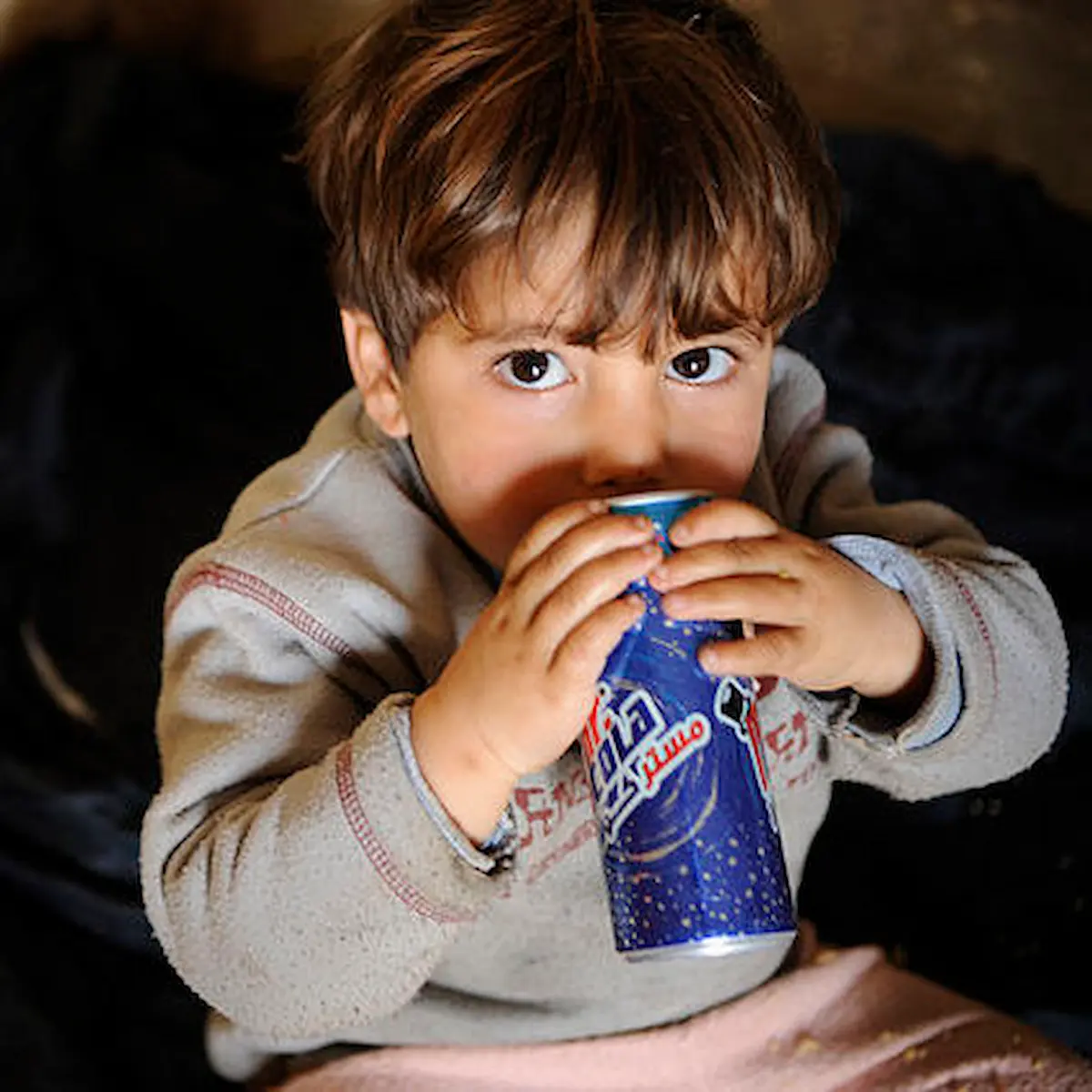A new feature from State of Childhood Obesity highlights how sugar-sweetened beverages (SSBs) remain the largest source of added sugar in children’s diets, contributing to weight gain, tooth decay, and increased risk for chronic disease - with the greatest burden falling on underserved communities.
Key Findings
- Kids consume high volumes of sugary drinks. More than 60% of children and teens drink at least one sugary beverage daily, and the average child consumes over 30 gallons per year, making SSBs the top source of added sugar.
- Marketing disproportionately targets Black and Latinx youth. Children of color are exposed to up to twice as many sugary drink ads as white children, contributing to higher intake and elevated risk.
- Policy measures can reduce consumption. Cities implementing sugary drink taxes have reported meaningful declines, including a 52% drop in Berkeley’s lower-income neighborhoods.
Why It Matters
High intake of sugary drinks is strongly linked to childhood obesity, tooth decay, and metabolic disease. These beverages deliver calories with little nutritional value, and even small daily amounts can significantly impact long-term health. Because targeted marketing and access disparities amplify the burden on underserved communities, clearer guidance and evidence-based policies are essential.
Takeaways
- Prioritize water and plain milk as the default drinks for children ages 0–5.
- Limit flavored waters, juices, sodas, and sports drinks - even “healthy-sounding” options often contain substantial added sugar.
- Support policies such as sugary drink taxes, warning labels, and marketing restrictions, which have demonstrated measurable reductions in consumption.
Read the Research: State of Childhood Obesity. Sugary Drinks Harm Kids’ Health. September 3, 2020. https://stateofchildhoodobesity.org/sugary-drinks-harm-kids-health/







